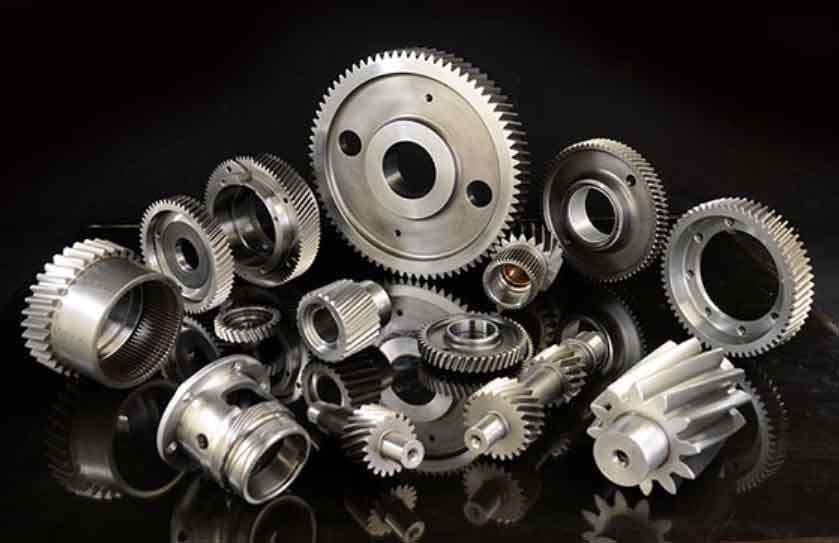
Helical gears play a significant role in automotive applications, contributing to enhanced performance, durability, and overall driving experience. Here are some ways helical gears improve automotive systems:
1. Smooth and Quiet Operation:
Helical gears’ helical tooth profile allows for gradual tooth engagement, resulting in smoother and quieter gear meshing compared to straight-cut gears. This reduction in noise and vibration is especially important in passenger vehicles, providing a more comfortable and enjoyable driving experience.
2. Increased Load-Carrying Capacity:
The helical design distributes the load over multiple teeth, enhancing the gear’s load-carrying capacity. This makes helical gears well-suited for applications in automotive transmissions, where they are subjected to varying loads and torque requirements.
3. High Efficiency:
The helical tooth profile results in better tooth contact and reduced sliding friction between gear teeth during meshing. As a result, helical gears offer higher efficiency in power transmission, which can improve fuel economy and reduce energy losses in automotive drivetrains.
4. Reliable Gearbox Performance:
Helical gears are commonly used in automotive transmissions to provide smooth and reliable gear shifting. The gradual tooth engagement reduces shock loads during gear changes, minimizing wear on gear teeth and transmission components.
5. Long Service Life:
The load distribution and reduced sliding friction in helical gears contribute to their increased durability and longer service life. This is crucial in automotive applications where components need to withstand the rigors of daily driving and various road conditions.
6. Versatility:
Helical gears can be designed with a wide range of ratios and gear sizes, making them versatile for different automotive applications. They are used in various parts of the vehicle, including differentials, transfer cases, and power take-offs.
7. Improved Torque Transmission:
The helix angle of helical gears allows for more gradual torque transmission, making them suitable for applications that require high torque delivery, such as four-wheel drive systems and heavy-duty vehicles.
8. Increased Safety:
Helical gears’ smooth engagement and reduced noise levels contribute to improved driver awareness, ensuring a safer driving experience by minimizing distractions caused by gear noise and harsh shifts.
9. Compact Design:
Helical gears can achieve high gear ratios with fewer teeth compared to other gear types, resulting in a more compact design. This is advantageous in modern automotive systems where space optimization is essential.
10. Optimized Gearbox Layout:
Helical gears allow for flexible gearbox layouts due to their compact size and versatility. Automotive engineers can optimize gearbox configurations to meet specific vehicle performance and packaging requirements.
Helical gears are essential components in modern automotive systems, providing smoother and more efficient power transmission, enhanced durability, and improved driving dynamics. Their ability to handle varying loads, reduce noise, and offer higher efficiency makes them an ideal choice for enhancing performance and reliability in various automotive applications.
